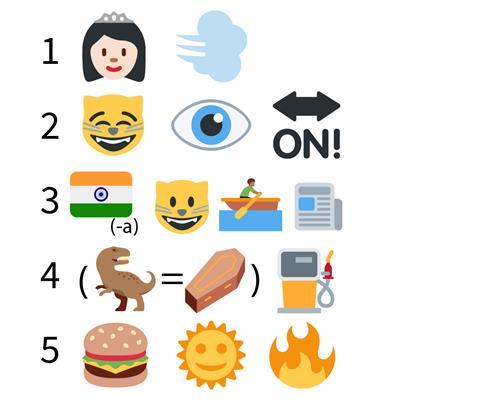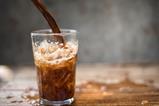Wrap up the term with something fun. Challenge your students with this chemistry-themed quiz

End the term with this chemistry themed quiz. It’s suitable for the 14–16 age group, focusing on topics typically taught on GCSE, National 5 and Junior Cert curriculums. Share or display this webpage for your students and download the answer sheet as MS Word or pdf. Alternatively, download the quiz sheet as MS Word or pdf, or you can find the rounds on Socrative.
Round 1: science fiction
Share this round with your students on Socrative: SOC-53058727
None of these chemicals are real, but who cares?
Q1. What colourful device would you power with a kyber crystal?
Q2. Captain America’s shield is made from which element?
Q3. What can you make with lacewing flies, leeches, bicorn horn, knotweed, fluxgrass, boomslang skin and a strand of hair?
Q4. What famous starship is powered by dilithium?
Q5. Which upcoming movie starring Timothée Chalamet is about a battle over the spice Melange?
Round 2: what’s happening?
Share this round with your students on Socrative: SOC-53058960
Test your knowledge with these questions.
Q1. A hydrogen and a chlorine atom bond together, each contributing one electron to a shared pair. What type of bonding has occurred?
Q2. One atom of one isotope of calcium has an atomic number of 20 and a mass number of 42. How many protons does it have?
Q3. Chlorine has a boiling point of -35°C and a melting point of -101.5°C. What state would it be in if I cooled it to -20°C?
Q4. How many times smaller is 1 nm relative to 1 cm?
Q5. Why do metals conduct electricity?
Bonus questions
Q6. I need to separate two different coloured substances from each other. What technique should I use?
Q7. I pour a solution through filter paper. What is the term for the particles left on the filter paper?
Round 3: chememojis
Share this round with your students on Socrative: SOC-53160482
Can you work out what term is lurking behind these symbols?

Round 4: name that element
Share this round with your students on Socrative: SOC-53059097
Name the element being described in the question.
Q1. When combined with iron, I make mild steel.
Q2. I’m the most abundant element in the universe.
Q3. When two of me bond to oxygen, I make you laugh.
Q4. My chemical symbol is K, although the letter isn’t in my name!
Q5. When exposed to oxygen, I turn green.
Round 5: current science
Share this round with your students on Socrative: SOC-53059254
Have you been paying attention to science news?
Q1. In September, scientists found phosphine in a planet’s atmosphere, which could be evidence of alien life. On what planet did they make the discovery?
Q2. What disease is caused by SARS-CoV-2?
Q3. Two letters of the alphabet aren’t in the name of any element on the periodic table. Name either of them.
Q4. What brand of washing powder shares its name with the European Space Agency’s new space telescope?
Q5. 2019’s Nobel prize for chemistry was won for batteries typically used in laptops and smartphones. What chemical element do these batteries use?
Bonus round: musical elements
Share this round with your students on Socrative: SOC-53059356
For advanced students only! Can you work out the artists sounded out by these elements’ symbols?
Q1. Lanthanum – Dysprosium – Gallium – Gallium
Q2. Tantalum – Yttrium – Lawrencium – Sulfur – Tungsten – Hafnium – Tellurium
Q3. Sulfur – Americium – Samarium – Iodine –Thorium
Q4. Carbon – Argon – Dysprosium – Boron
Q5. Boron – Tennessine
Downloads
Grand end of term quiz
Quiz | Word, Size 0.22 mbGrand end of term quiz
Quiz | PDF, Size 92.96 kbGrand end of term quiz - Answers
Quiz | Word, Size 0.32 mbGrand end of term quiz - Answers
Quiz | PDF, Size 0.15 mb














No comments yet